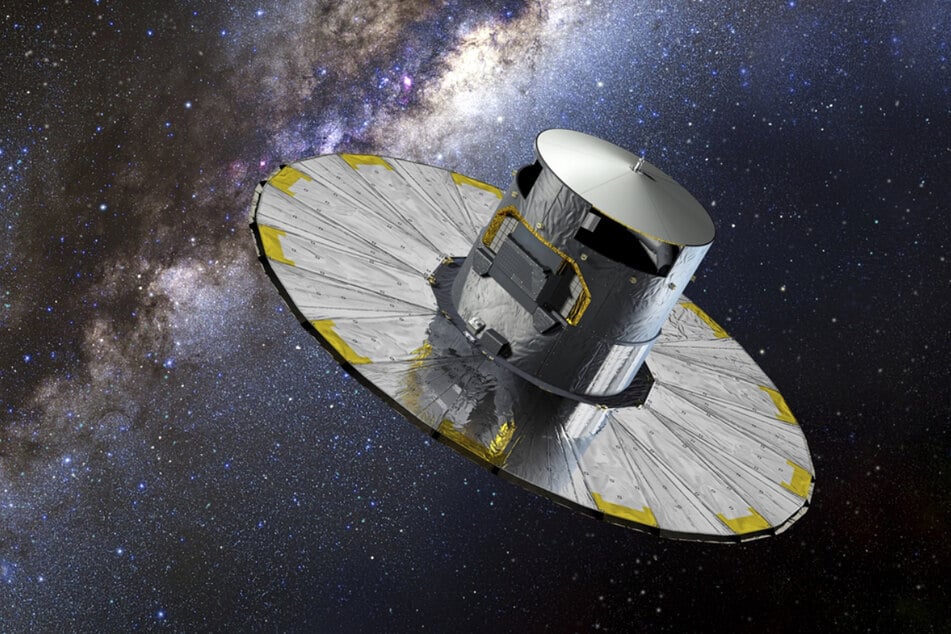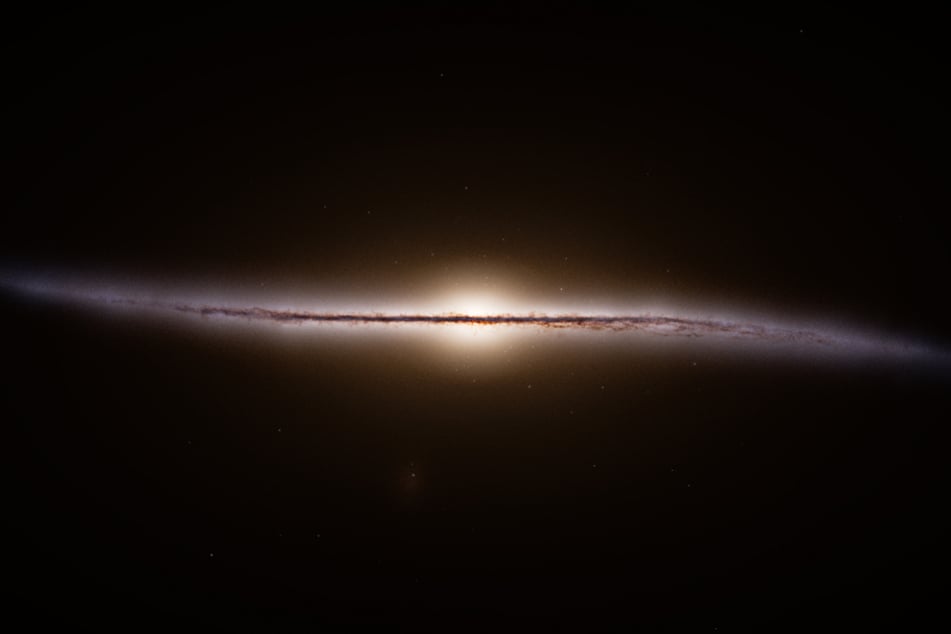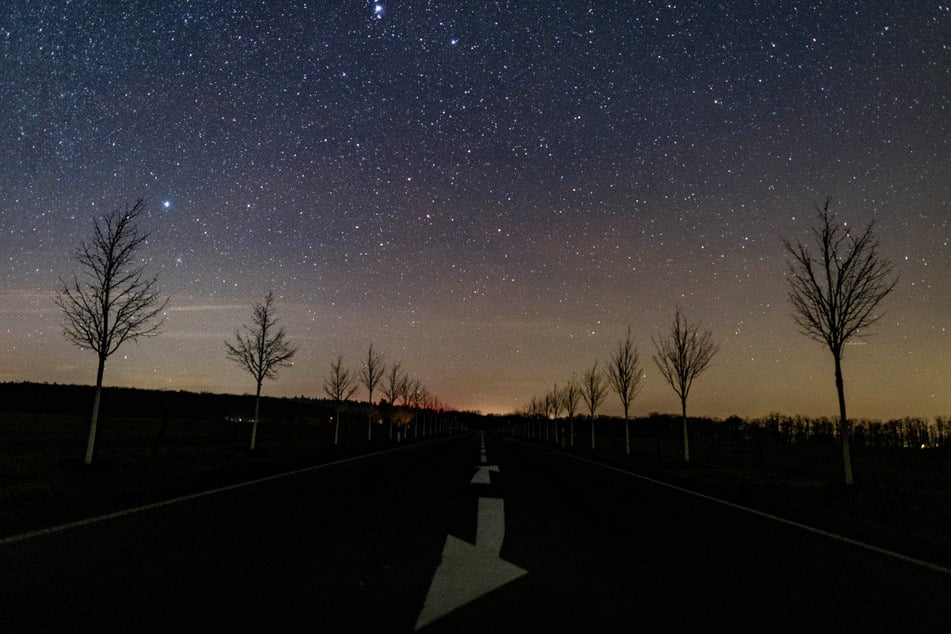It has revolutionized the image of the Milky Way: Space probe "Gaia" goes into retirement
By Rachel Boßmeyer
Paris - For more than ten years, the European probe "Gaia" has been observing celestial bodies in the Milky Way. Now its mission is coming to an end. But some "Gaia" discoveries may be yet to come.

It has revolutionized the image of the Milky Way - now the European space probe "Gaia" is ending its work after more than ten years in service. According to the European Space Agency ESA , the spacecraft has made three trillion observations since mid-2014, creating the largest and most accurate map of our galaxy.
Its data has overturned even the most basic concepts about the center of the galaxy and the spiral arms, ESA chief Josef Aschbacher wrote on X. According to the ESA, the mission also made it possible to learn more about the history of the Milky Way.
The aim of "Gaia", which was launched into space at the end of 2013, was to record the positions, movements, distances and brightness of almost two billion celestial bodies. This corresponds to around one percent of our galaxy.
ESA Science Director Carole Mundell spoke of a "treasure trove of data" that "Gaia" had collected. The mission had exceeded all expectations.


Space probe "Gaia" as a "discovery machine"
The observations made by "Gaia" have enabled researchers to make numerous discoveries in space - such as black holes or possible asteroid moons. "'Gaia' was the discovery machine of the decade," said Anthony Brown from Leiden University.
"Gaia" will now undergo a number of technical tests before it leaves its current position at the so-called Lagrange point 2 of the Sun-Earth system, around 1.5 million kilometers from Earth. The probe will then be placed in a so-called retirement orbit, as the ESA calls it, far away from the Earth's sphere of influence.
Gaia" will then be switched off at the end of March.